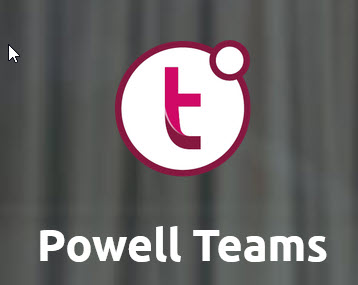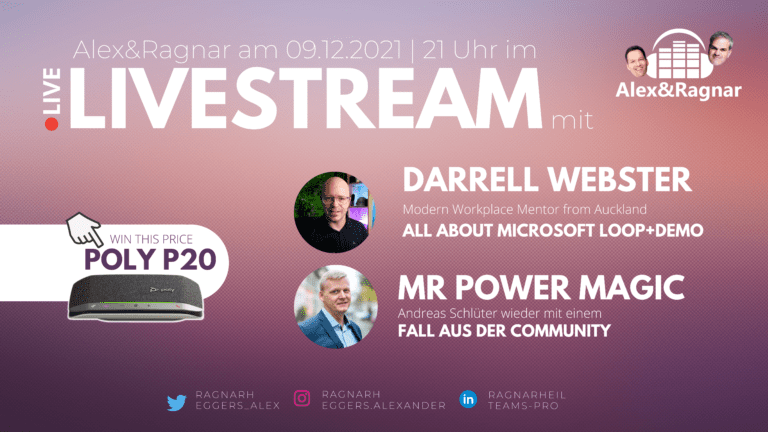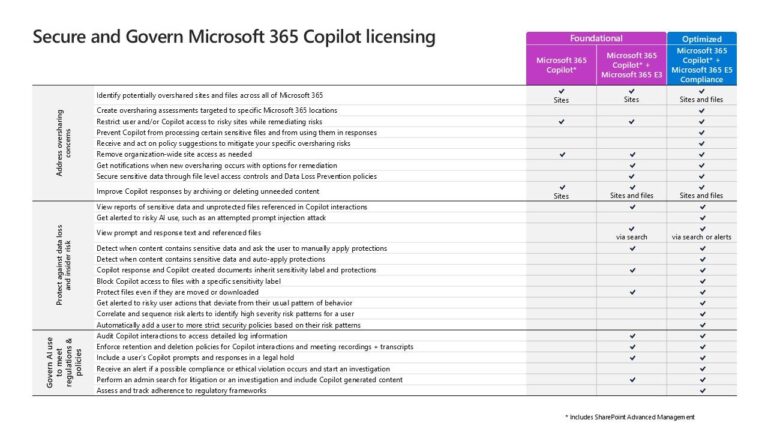Power Platform Governance: Why Your Organization Needs Traffic Rules for Citizen Development
Introduction
Picture this: You’re the designated Power Platform administrator (congratulations, you probably fixed one Power App and suddenly became the expert), and you’re staring at your Microsoft 365 tenant wondering what the heck everyone is building with Power Apps and Power Automate. Sound familiar? If you’ve been in this position, you’re not alone. Power Platform governance isn’t just another checkbox exercise – it’s the difference between empowering your citizen developers and creating digital chaos in your Microsoft Power Platform environment.
The Reality Check: Why Organizations Struggle with Power Platform Governance
Let’s be honest – governance has gotten a bad reputation. Many organizations treat it like that annoying speed limit sign you ignore on an empty highway. But here’s the thing: Power Platform governance isn’t about slowing people down; it’s about giving them guardrails so they can build apps confidently using Microsoft’s Power Platform.
The Technical Challenge
One of the biggest hurdles I see is the interconnected nature of Power Platform administration. You can’t just be a Power Platform expert anymore. Power Platform admins need to be best friends with:
- Global administrators in Microsoft Entra ID
- User administrators managing Office 365 access
- Exchange administrators handling Microsoft 365 integration
- Teams administrators overseeing collaboration
- SharePoint administrators managing Dataverse connections
It’s like trying to conduct an orchestra where half the musicians are in different buildings. The Microsoft Power Platform spans so many services that effective governance requires a team effort, not a solo performance. This is where Power Platform management becomes crucial for governance and compliance.
The “It’s Easy” Misconception
Microsoft’s marketing message of “low-code, everyone can do it” has created an interesting challenge for Power Platform governance. Organizations often think: If it’s so easy, why do we need governance policies?
Well, just because everyone can use Power Apps doesn’t mean they should build without any oversight. It’s like giving everyone in your office a hammer and saying “go build stuff” – you might get some beautiful birdhouses, but you’ll probably also get some holes in the wall. This is especially true when citizen developers start creating custom connectors or working in the default environment without proper governance practices.
The Center of Excellence: Still Relevant or Yesterday’s News?
Remember when everyone was talking about the COE Starter Kit? It went quiet for a while as Microsoft moved functionality into managed environments, but here’s the truth: the Power Platform COE Starter Kit is still absolutely essential for Power Platform governance.
What Makes COE Valuable for Power Platform Governance
The real gold in the Power Platform Center of Excellence isn’t the model-driven apps (though they’re nice if you have premium licenses for everyone). It’s the synchronization flows that crawl through your entire Power Platformtenant and collect everything:
- Every Power App and canvas app
- Every Power Automate flow
- Every user with access to Power Apps
- Every Power Platform solution
- Every Power Platform environment
This data gets populated into Dataverse tables, giving you the foundation to build your own automation and monitoring solutions for Power Platform governance. It’s like having a detailed map of your entire Microsoft Power Platform landscape, essential for governing Power Platform at scale.
The Premium License Reality in Power Platform Governance
Here’s where many organizations hit a wall with Power Platform governance: those beautiful model-driven apps require premium licenses. When you tell leadership that everyone needs a premium license to use the governance tools, the conversation usually ends with “that’s too expensive.”
The solution for Power Platform governance? Cherry-pick what you need. Use the synchronization flows and Dataverse tables as your foundation, then build custom solutions that work with your licensing reality while maintaining proper governance.
The Traffic Rules Analogy: Why Power Platform Governance is Actually an Enabler
I love using this analogy with customers about Power Platform governance, and it usually changes their perspective completely:
Imagine a world without traffic rules – no traffic lights, no signs, no lanes. How would you drive? You’d be hesitant, slow, constantly worried about someone crashing into you. You probably wouldn’t even put your kids in the car.
But with traffic rules, everyone knows what to do. You can drive confidently, even bring your family along, because you understand the boundaries and expectations.
That’s exactly what Power Platform governance does. It doesn’t slow you down – it gives you the confidence to build apps faster because you know the guardrails. This governance strategy helps unlock the full potential of the Power Platform while maintaining security and compliance.
Practical Power Platform Governance Strategies That Actually Work
Start with Visibility, Not Restrictions in Power Platform Governance
Don’t begin by locking everything down in your Power Platform governance model. Start by understanding what’s already happening in your Microsoft Power Platform environment. Use tools like:
- Power Platform COE Starter Kit synchronization flows
- Power Platform Admin Center analytics for monitoring Power Platform usage
- Microsoft Purview for compliance and data governance (when it makes sense)
- Microsoft 365 Security and Compliance center for audit trails
Implement the “Brown Bag” Approach for Power Platform Adoption
Create informal learning sessions where makers share what they’re building with Power Apps and Power Automate. This serves multiple purposes for Power Platform governance:
- Knowledge sharing: “Hey, I built something similar with Power Apps – here’s how I approached it”
- Community building: Citizen developers feel supported, not policed
- Gentle guidance: You can provide best practices without being restrictive
- Power Platform adoption acceleration through peer learning
The Peer Review Model for Power Platform Governance
Instead of requiring approval for everything, implement a peer review system for Power Platform governance:
- Makers can use Power Apps and Power Automate freely
- Before going to production, have an expert review the Power Platform solution
- Provide a simple checklist of governance requirements
- Focus on enablement, not gatekeeping in your Power Platform governance framework
Common Power Platform Governance Mistakes (And How to Avoid Them)
Mistake #1: Power Platform Governance as an Afterthought
The Problem: Organizations deploy Microsoft Power Platform first, then try to add governance policies later.
The Solution: Even if you’re not starting from scratch with Power Platform governance, pause and audit before making major changes. Yes, you’ll probably have to clean up some existing apps and flows, but it’s better than continuing to build on a shaky foundation without proper governance.
Mistake #2: Collecting Data Without Purpose in Power Platform Management
The Problem: “We want to monitor everything in our Power Platform!” followed by “What do we do with all this Power Platform usage data?”
The Solution: Before implementing monitoring for Power Platform governance, define what you’ll do with the information. Will you review it? Act on it? Or just let it fill up your Dataverse capacity?
Mistake #3: Over-Restricting Based on Fear in Power Platform Governance
The Problem: Hearing about one organization’s custom connector to inappropriate websites and locking down everything in the Power Platform.
The Solution: Implement reasonable guardrails in your Power Platform governance model, but don’t let edge cases drive your entire governance strategy.
The Modern Power Platform Governance Stack
Today’s Power Platform governance isn’t just about the low-code platform itself. You need to consider the broader Microsoft 365 ecosystem:
Microsoft Purview Integration for Power Platform Governance
Microsoft Purview is becoming increasingly relevant for Power Platform governance, especially for:
- Data Loss Prevention (DLP) policies for Power Apps and Power Automate
- Compliance monitoring across Microsoft 365
- Risk assessment for Power Platform solutions
- DLP policies that provide advanced security for connector usage
The Copilot Factor in Power Platform Governance
With AI agents and Microsoft Copilot integration, Power Platform governance becomes even more critical:
- Power Virtual Agents currently lack granular permissions
- Automated workflows can trigger other automations across Office 365
- The potential for uncontrolled expansion is significant without effective governance
Environment Strategy for Power Platform Governance
Don’t underestimate the importance of a solid environment strategy for Power Platform governance:
- Development, test, and production Power Platform environments
- Clear promotion processes for Power Platform solutions
- Proper security boundaries using Microsoft Entra and conditional access policies
- Managing apps in the default environment appropriately
Advanced Power Platform Governance Considerations
Integration with Dynamics 365 and Power BI
Your Power Platform governance framework must account for:
- Dynamics 365 integration and Dataverse security
- Power BI reporting and analytics governance
- Power Pages external-facing applications
- Cross-platform security policies and security roles
Scaling Power Platform Governance
As your Power Platform adoption journey progresses, consider:
- Power Platform at scale governance challenges
- Business group specific governance requirements
- Azure integration and hybrid scenarios
- Tools and components for enterprise-scale management and governance
Security and Compliance Deep Dive
Ensure security across your Microsoft Power Platform with:
- Microsoft 365 Security integration
- Dataverse security models and security roles
- Data security policies for citizen developers
- Security updates and patch management processes
Building Your Power Platform Governance Community
Power Platform governance isn’t a solo sport. Create channels for:
- Questions and answers: Where can makers get help using Power Apps and Power?
- Best practice sharing: How do successful makers approach common Power Platform challenges?
- Feedback loops: How do governance policies evolve based on real-world Power Platform usage?
Consider using Teams, Viva Engage, or even a dedicated SharePoint site to create this community hub. Leverage Microsoft Learn resources and Microsoft documentation to support your Power Platform governance community.
Governance Features and Tools Available
The tools available for Power Platform governance continue to expand:
Power Platform Admin Center Capabilities
The Power Platform Admin Center provides governance features including:
- Environment management and environment strategy implementation
- DLP policy configuration and monitoring
- Connector governance and custom connector approval workflows
- License management and usage analytics
Third-Party Tools and Integration
Consider digital tools that complement native Microsoft capabilities:
- Tools used to managePower Platform at enterprise scale
- Integration with existing ITSM platforms
- Custom monitoring solutions built on Dataverse
Looking Forward: The Evergreen Challenge of Power Platform Governance
Here’s the reality: Power Platform governance is a moving target. New features appear regularly in Microsoft’s Power Platform, often without corresponding administrative controls. Microsoft tends to build the cool stuff first and figure out how to manage it later.
This means your Power Platform governance approach needs to be:
- Flexible: Able to adapt to new Power Platform features and capabilities
- Community-driven: Leveraging collective knowledge to stay current with Microsoft Power Platform updates
- Pragmatic: Focused on real business value, not theoretical perfection in governance practices
The potential of the Power Platform can only be fully realized with proper governance that evolves alongside the platform itself.
Conclusion: Ensuring Governance Success
Power Platform governance doesn’t have to be the enemy of innovation. When done right, it’s the foundation that lets your organization build apps confidently and scale successfully with Microsoft’s Power Platform.
Remember: you’re not trying to control everything – you’re creating an environment where citizen developers can do their best work without fear of breaking something or getting in trouble. Your Power Platform governance model should ensure governance while enabling innovation.
Start with visibility using the Power Platform Admin Center, build community around best practices, and focus on enablement over restriction. Implement limited governance initially, then expand as your Power Platform adoption matures. Your makers will thank you, your leadership will sleep better, and you might even enjoy being the Power Platform administrator.
The key to successful Power Platform governance is understanding that it’s not about limiting the use of Microsoft technologies – it’s about maximizing their value while maintaining security and governance standards that protect your organization.
What Power Platform governance challenges are you facing in your organization? Share your experiences and let’s learn from each other about governing Power Platform effectively.
Do you like Podcasts? Listen to this Episode in your favorite Podcast Player:
https://creators.spotify.com/pod/profile/ragnarheil/
Talk to us at HanseVision about your requirements and questions about Power Platform, M365 Governance, Copilot (Studio) and Agents Governance!
Find my Calendar here and check out our OnePager about M365 Governance.






